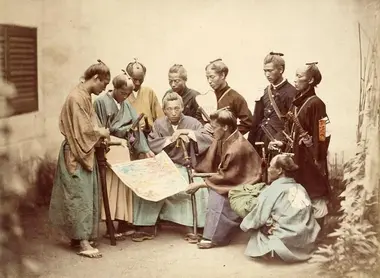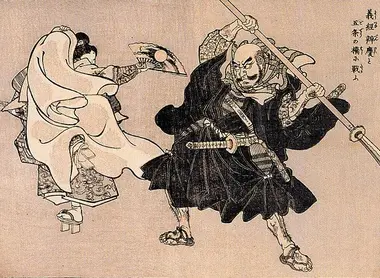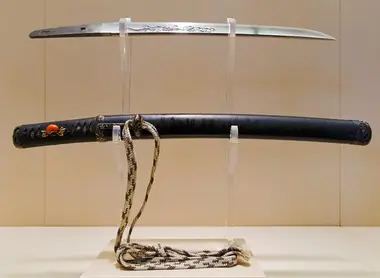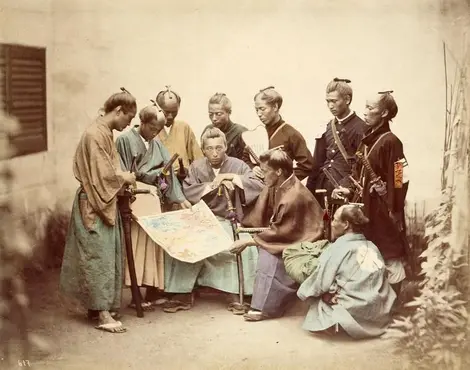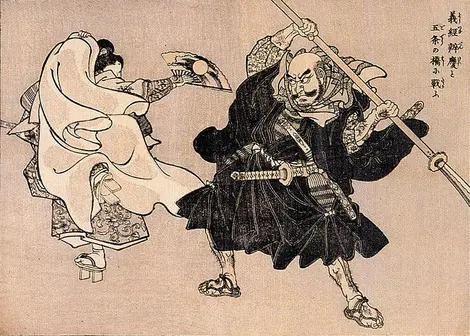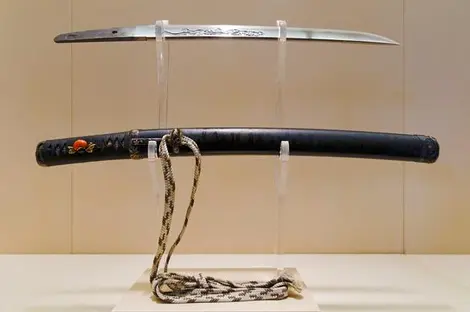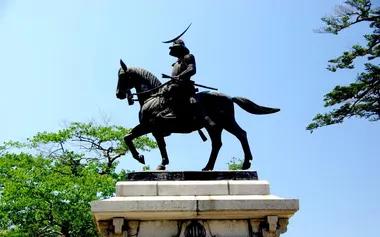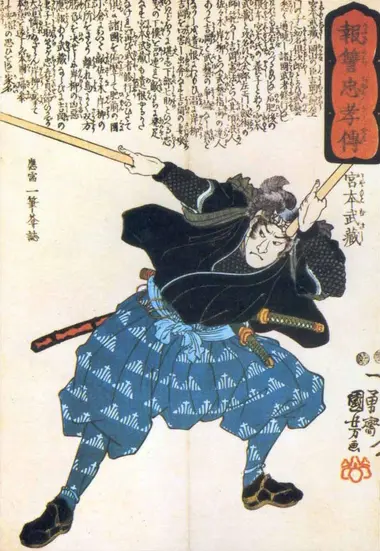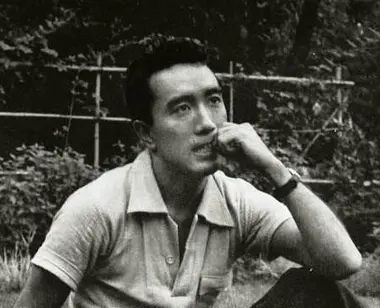Hagakure 葉隠
- Published on : 30/01/2019
- by : S.R.
- Youtube
The code of the samurai
The Hagakure is a collection of thoughts written at the beginning of the 18th century by a reclusive samurai of the Nabeshima clan, Tsunetomo Yamamoto. The latter exposes there his conception of bushido, the "way of the warrior", which will remain anonymous until the Meiji period (1868-1912).
The Warrior Committed to Peace
Tsunetomo Yamamoto was a samurai from the Nabeshima clan, who settled in Hizen (lands straddling present-day Saga and Nagasaki prefectures). After the death of his master, and faced with the impossibility decreed by the Tokugawa for vassals to perform seppuku to follow their suzerain to the grave, Tsunetomo Yamamoto became a monk and retired to a hut. It was in this withdrawal, that he exchanged several years with a scribe (1709 - 1716), that he created the Hagakure, literally "in the shade of the leaves".
- Read also: In the footsteps of the samurai
In this work, Tsunetomo Yamamoto castigates the softness of his contemporaries, which he attributes to the era of peace imposed by the Tokugawa. He considers that the pleasures, the courting spirit, the love of appearance have taken the place of the warrior ardor and the contempt for suffering and death which characterized the warriors of the previous era.
A theorization of the way of the warrior
The Hagakure originally consisted of 11 volumes, but only the first two are devoted to the theorizing of bushidô ("the way of the warrior"), the others dealing with the Nabeshima clan and the history of the province. In these first two volumes, Tsunetomo Yamamoto defends an ethic where fidelity to the suzerain and the acceptance of self-sacrifice, even in death, take precedence.
The samurai must thus think of himself as a man already dead, and accept the latter without flinching. He must be able to act quickly, without dwelling on his thoughts, and to enjoy the "paradise that is life" every minute, like Horace's carpe diem ("gather life").
He must also make a great deal of his appearance, by being clean, and neat, so as not to leave behind him a neglected body if he were to die unexpectedly. The samurai must also always remain in control of himself and his words.
- Read also: The spirit of the dô
A repercussion in pre-war Japan
The Hagakure was discovered during the Meiji Restoration and became very popular in Japan at the beginning of the 20th century. It became one of the bedside books of the Japanese during the militarist era of the 1930s, and as a result, was discredited after the war.
However, it continued to exert a certain fascination on Japanese people such as Mishima, who produced a commentary on it, as well as on foreigners who are interested in bushidô.
